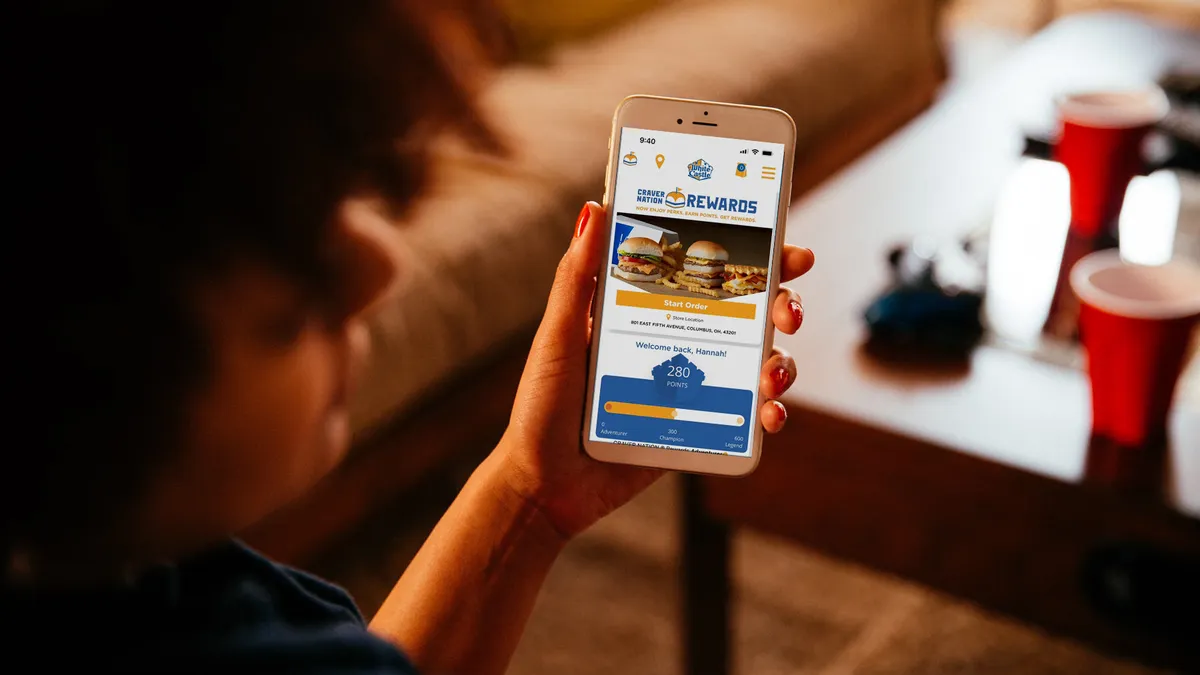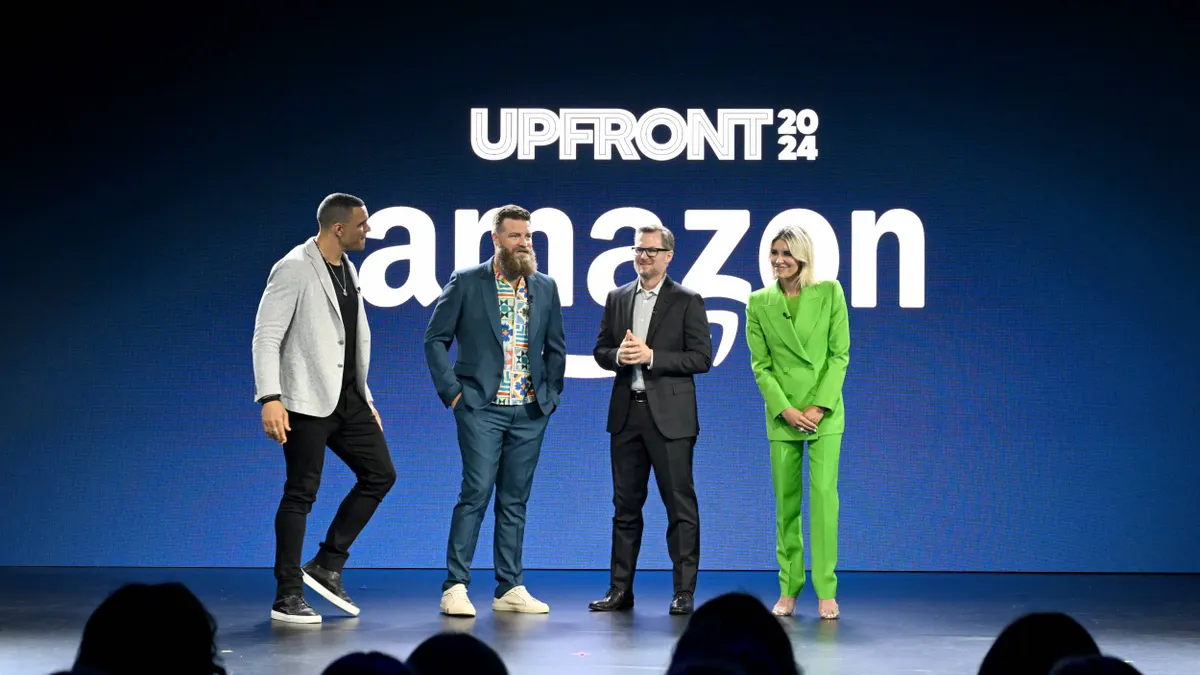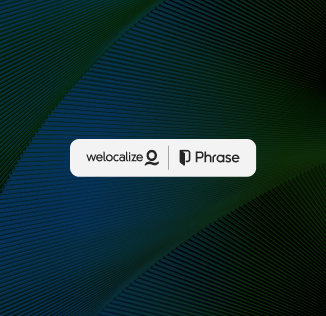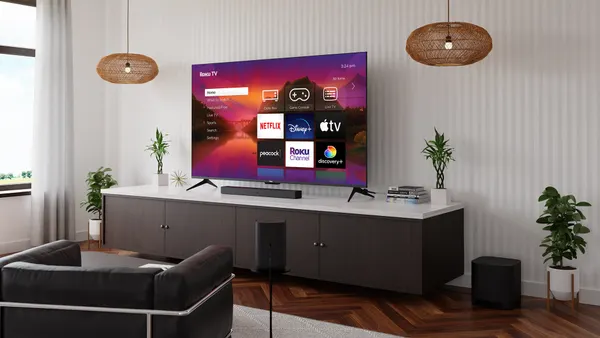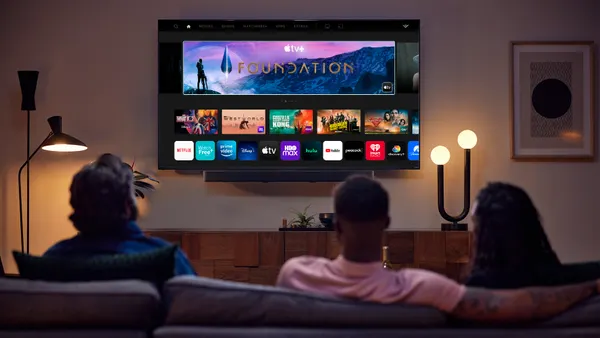When it comes to building a successful loyalty program, emotional connection is key, according to a new report from Gale, a business agency which provides insights to brands. Programs with an active community can be particularly enticing, with 70% of consumers indicating this makes them more likely to join a program.
The loyalty program landscape has exploded in recent years, with the global loyalty management ecosystem projected to be worth $24 billion, up from $5.6 billion in 2022. Amid an increasingly crowded market, brands must work to distinguish themselves from competitors to drive loyalty program usage.
Engagement can be a key factor in driving loyalty program usage, according to Gale’s “From Transaction To Connection: The Future of Loyalty Programs” report, which is based on survey results from 1,000 U.S. consumers.
Eighty percent of men, 81% of millennials and 75% of Gen Z consumers consider engaging with others in a loyalty program to be extremely important. One-third of consumers also indicated they would become long-term consumers because of loyalty program relationships, while approximately the same amount of men, Gen Z and millennials stopped interacting with a loyalty program because it felt impersonal.
While engagement is important, the report found consumers also associate loyalty programs with value, which remains the top reason for signing up. Earning points and future discounts drives sign ups for 73% of respondents. Free shipping was a driver for 53% of respondents, followed by birthday deals (47%) and personalized offers (41%). Apps were the preferred loyalty channel for 64% of respondents, websites for 44% and email for 45%.
The need to acquire first-party data from target audiences is one driving force behind the popularity of loyalty programs among marketers. As third-party cookies lose their utility, the data from loyalty programs helps combat signal loss. However, marketers often face challenges taking the data collected through such programs and integrating it across an organization, which can create a disjointed user experience.
A key takeaway from the research is that if brands want strong loyalty programs, they need to find opportunities to build connections with users and not view their programs as purely transactional platforms. Community-building tactics popular with survey respondents include gamified elements, the ability to vote on perks and exclusive offers.


